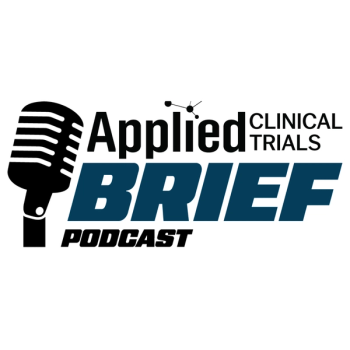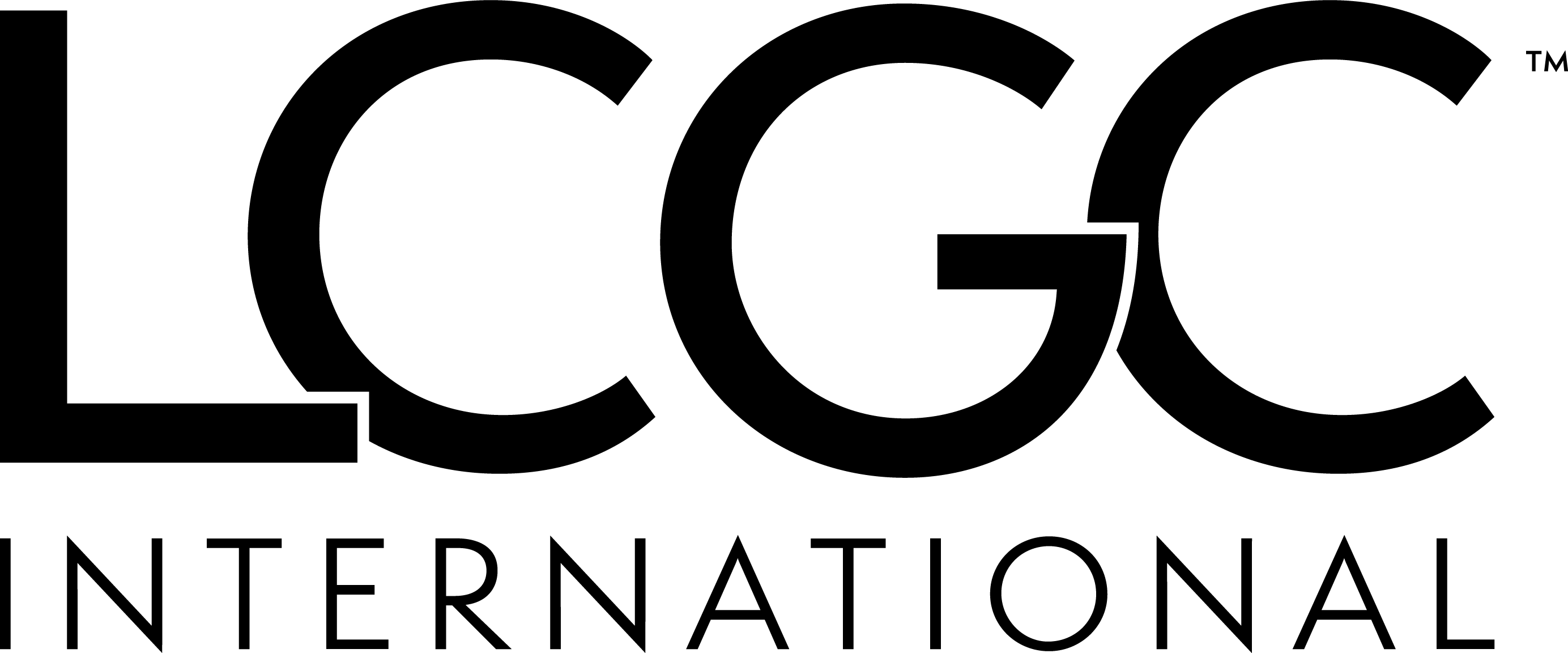“Because eConsent platforms are built with global compliance in mind, they can adapt to various regulatory environments across regions and trial types. This adaptability alleviates pressure in the consenting process, strengthens participant engagement, and offers greater dependability for sponsors—all essential components of a stronger foundation for modern trials.”
Bringing Clinical Trials Into the Digital Era with eConsent
Key Takeaways
- eConsent enhances participant comprehension and engagement through multimedia tools, reducing site workload with automated checks and version control.
- Platforms are adaptable to various regulatory environments, improving compliance and participant engagement across diverse demographic groups.
As decentralized and hybrid trial models expand, eConsent is emerging as a critical tool for improving participant understanding, reducing site burden, and strengthening data integrity through digital automation, accessibility, and regulatory compliance.
Clinical trials have traditionally relied on paper-based consent forms to secure the participant’s approval. While this approach is still common in many studies, it presents practical challenges. Participants may struggle with dense medical jargon, documents can be misplaced, and re-consenting often adds to site workload. As decentralized and hybrid trial models become more common, these pain points are becoming more visible and driving interest in digital alternatives.
This is where electronic consent, or eConsent, redefines the process. More than simply digitizing paper forms, eConsent introduces built-in safeguards and data management controls that ensure consent-related information is captured both accurately and securely. Automated checks for signatures, dates, and version control help reduce quality issues and compliance risks that can otherwise delay or compromise a study.
Equally important, eConsent is purposefully built to meet the needs of both participants and research sites. For participants, it transforms complex medical and legal language into accessible, multimedia-rich educational tools. Think of videos, audio narration, and interactive glossaries that are designed to improve comprehension across diverse demographic groups. For sites, eConsent offers flexibility to support a wide range of trial designs, from straightforward protocols to multi-arm or adaptive studies. It also eases administrative burden by simplifying re-consent and version control.
Because eConsent platforms are built with global compliance in mind, they can adapt to various regulatory environments across regions and trial types. This adaptability alleviates pressure in the consenting process, strengthens participant engagement, and offers greater dependability for sponsors—all essential components of a stronger foundation for modern trials.
eConsent also builds a bridge across generational divides. While older adults still lag behind younger ones in tech adoption, that gap is narrowing significantly. Pew Research found that
Why eConsent matters in modern trials
The rise of decentralized clinical trial models is amplifying the urgency to move past pen and paper. Without an established eConsent process, sites can face logistical hurdles, such as mailing forms, coordinating in-person visits, and managing protocol amendments manually. eConsent mitigates these challenges by enabling real-time education, secure remote authentication, and automated version control. Equally important, it reduces the risk of errors or omissions that affect data integrity, thereby helping trials maintain compliance while improving participant trust and engagement.
Beyond logistics, eConsent also addresses one of the most persistent challenges in clinical trials: protocol deviations tied to the consent process. Traditional paper-based methods are prone to errors such as missing signatures, outdated forms, or incomplete re-consents when protocols change. Consent deviations mostly result from absent or inaccurate signatures or dates. These seemingly minor errors often lead to costly delays and additional corrective actions.
By contrast, eConsent platforms incorporate built-in checks, including automated signature prompts, time stamps and version control. These little but significant guardrails help prevent errors before they occur. This not only strengthens data integrity and compliance but also reduces the need for corrective and preventive actions that consume significant time and resources. For participants, interactive explanations of trial procedures and multimedia enhancements improve understanding and support adherence to protocols. For research teams, streamlined documentation and audit trails reduce administrative burden, allowing staff to focus more on patient engagement and trial quality instead of chasing paperwork.
Insights from a
Further evidence comes from a systematic
Key benefits of eConsent
As clinical trial organizations and staff navigate the transition to digital workflows, eConsent delivers a wide range of benefits:
- Empowered participation: Interactive tools such as videos, quizzes, voiceovers, and plain language summaries help participants better understand the study, leading to deeper engagement and higher-quality consent.
- Cross-generational access: Digital technology adoption spans all age groups, with older adults becoming increasingly more comfortable using smartphones and tablets. Features like audio-visual consent, large-font displays, and remote legally authorized representative workflows help support geriatric, pediatric, and emergency care studies.
- Operational efficiency: Automated version control streamlines the re-consenting process when protocols change, while reducing manual tracking and minimizing site staff burden.
- Remote accessibility: Participants can review consent forms at their own pace, ask questions through integrated chat or video tools and sign documents remotely. This eliminates unnecessary travel and broadens trial access.
- Support for complex study designs: eConsent platforms can accommodate master protocols and multiple sub-study stages, improving document management and participant tracking in oncology, neurology, and other multi-arm trial models.
- Improved audit trails: Digital records create robust audit trails, enabling precise tracking of when consent was given, how information was reviewed, and whether comprehension checks were completed, strengthening regulatory oversight.
Overcoming common barriers
While the advantages of eConsent are clear, the transition is not without challenges. Some sites may be hesitant to adopt new technologies due to concerns about training requirements, implementation costs, or system integration. Others raise questions about meeting varying regulatory requirements across different countries or handling electronic signatures securely. While these concerns are valid, they are also being addressed in real time by established eConsent providers offering configurable, globally complaint solutions.
Regulators are also accelerating adoption. Both the FDA and EMA have issued guidance endorsing the use of digital consent tools, citing their potential to improve participant understanding and reduce errors. Sponsors and research organizations that proactively embrace eConsent early can reduce study start-up delays, improve recruitment outcomes, and strengthen patient trust.
Looking ahead: eConsent as a strategic asset
As the clinical research landscape modernizes, eConsent is establishing itself as a strategic tool in both trial design and execution, creating a beneficial experience for patients and researchers alike. From a regulatory standpoint, eConsent’s value as a digital transformation asset is solidifying into a standard practice.
Looking ahead, eConsent could also serve as a gateway to broader patient engagement platforms, integrating with ePROs, telehealth, electronic health records, and wearable devices. This convergence would enable continuous communication, real-time data capture, and more responsive care.
For organizations still relying on traditional, paper-based consent, now is the time to start rethinking processes. As patients demand more flexibility, transparency and digital access, eConsent has moved from a “nice-to-have” to a necessity. It not only allows trials to meet expectations, but also to stay competitive, eliminate operational bottlenecks, improve participant experience, and be future-proofed for a decentralized, data-driven world.
Vinita Navadgi is senior director of product management, digital products and solutions at IQVIA
Newsletter
Stay current in clinical research with Applied Clinical Trials, providing expert insights, regulatory updates, and practical strategies for successful clinical trial design and execution.






.png)



.png)



.png)
.png)
